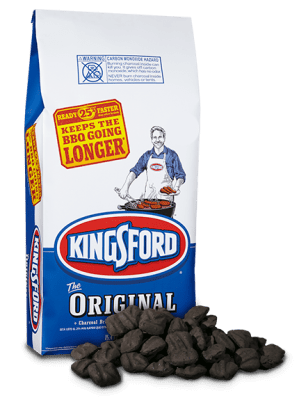Rich Dahl
R.I.P. 7/21/2024
Well I got a chance to try the new, if it is the new Kingsford. Picked up some of the 18.6 lb. bags at Home Depot yesterday and used it in my SJ last night to give it a try.
Here’s what I observed
It was fairly windy but nothing I don’t deal with all the time.
Used my new smaller Weber chimney and the performer to light it off. Full chimney.
Same amount of white smoke as the old.
Seemed to heat up about the same, maybe a little slower.
Cooked a couple of top sirloins on the SJ, new stuff didn’t appear to put out as much heat. Had to add another dozen or so coals to get a good hot fire. But have to factor in the wind.
Once it was going seemed to last about as long as the old.
Overall not much different, if any at all.
I’m sure someone will use it in there WSM soon and we’ll get a better idea of any changes.
That might be why there is nothing on the bag declaring the new and improved Kingsford because there really isn’t much difference.


Here’s what I observed
It was fairly windy but nothing I don’t deal with all the time.
Used my new smaller Weber chimney and the performer to light it off. Full chimney.
Same amount of white smoke as the old.
Seemed to heat up about the same, maybe a little slower.
Cooked a couple of top sirloins on the SJ, new stuff didn’t appear to put out as much heat. Had to add another dozen or so coals to get a good hot fire. But have to factor in the wind.
Once it was going seemed to last about as long as the old.
Overall not much different, if any at all.
I’m sure someone will use it in there WSM soon and we’ll get a better idea of any changes.
That might be why there is nothing on the bag declaring the new and improved Kingsford because there really isn’t much difference.




